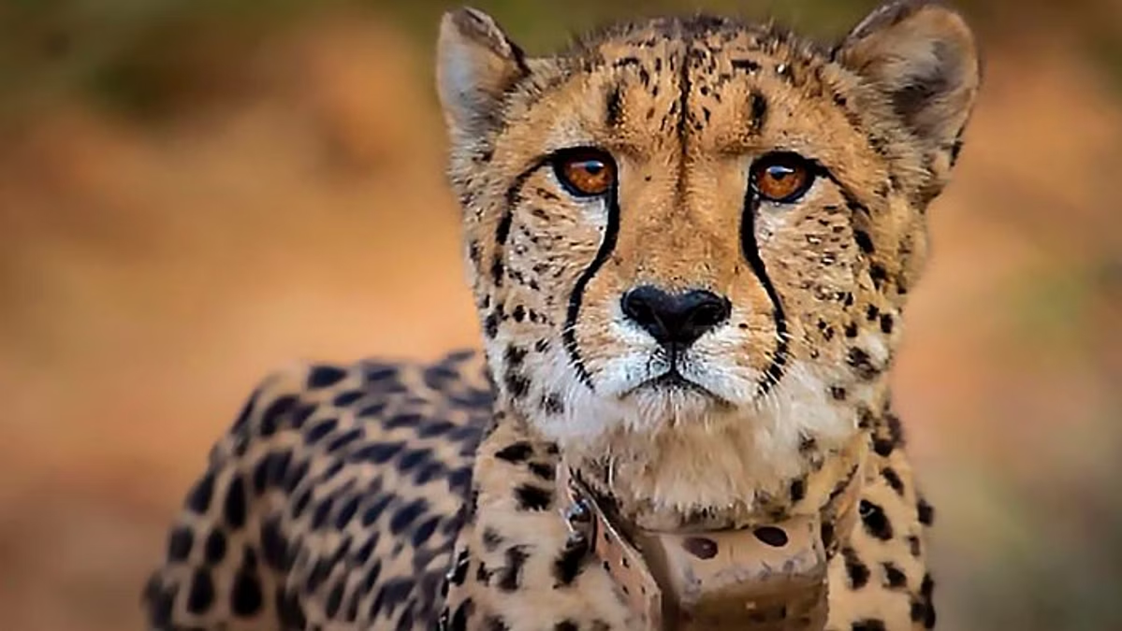- Courses
- GS Full Course 1 Year
- GS Full Course 2 Year
- GS Full Course 3 Year
- GS Full Course Till Selection
- MEP (Mains Enrichment Programme) Data, Facts
- Essay Target – 150+ Marks
- Online Program
- GS Recorded Course
- NCERT- First Ladder
- Polity
- Geography
- Economy
- Ancient, Medieval and Art & Culture AMAC
- Modern India, Post Independence & World History
- Environment
- Governance
- Science & Technology
- International Relations and Internal Security
- Disaster Management
- Ethics
- Current Affairs
- Indian Society and Social Issue
- CSAT
- 5 LAYERED ARJUNA Mentorship
- Public Administration Optional
- ABOUT US
- OUR TOPPERS
- TEST SERIES
- FREE STUDY MATERIAL
- VIDEOS
- CONTACT US
2nd Home for Cheetahs in India After Kuno National Park
2nd Home for Cheetahs in India After Kuno National Park
19-06-2024

The Madhya Pradesh government has completed preparations for its ambitious cheetah reintroduction project at Gandhi Sagar Wildlife Sanctuary, which is slated to be the second home for cheetahs in India after Kuno National Park.
International Collaboration:
- Teams from Kenya and South Africa have assessed the conditions for the cheetah reintroduction project at Gandhi Sagar Sanctuary, demonstrating the state government's commitment to the conservation of endangered species.
Preparations for Cheetah Reintroduction:
- Prey animals have been relocated from Kanha, Satpura, and Sanjay tiger reserves to Gandhi Sagar Sanctuary to create a suitable habitat for the cheetahs.
- Cheetals have been reintroduced from Kanha and other places to increase their population in the region.
- 50 gaurs (Indian bison) have also been successfully reintroduced from Kanha and Satpura Tiger Reserve to the Sanjay Tiger Reserve in Sidhi district.
Cheetah Population in India:
- On September 17, 2022, 8 Namibian cheetahs – 5 females and 3 males – were released into enclosures at Kuno National Park in Sheopur district.
- In February 2023, 12 more cheetahs were brought from South Africa.
- Currently, only 13 of the 20 adult cheetahs survive, and another 13 cubs born to these cheetahs put the total population of the animals in Kuno at 26.
- The cheetah was officially declared extinct by the Indian government in 1952.
What caused the cheetah's extinction in India?
- Over-hunting was a significant factor contributing to the cheetah's extinction.
- The loss of its habitat, including grasslands and forests, and the depletion of its prey species also contributed to its decline.
- India's focus on agriculture, which involved acquiring and dividing grasslands, further reduced the cheetah's habitat, leading to its eventual extinction in the country.
Earlier Endeavors to Reintroduce the Cheetah:
- India's initial attempt to reintroduce the cheetah occurred in the early 1970s, but several factors hindered the translocation of cheetahs, including the need for enhancements to potential release sites in India and the fall of the Shah of Iran's regime.
- While the Persian Cheetah, being Asiatic, was the preferred choice for relocation, this is no longer feasible as the cheetah population in Iran has dwindled to fewer than 50.
- Although efforts to relocate cheetahs to India began in 2009, it was not until 2020 that the Supreme Court of India finally granted approval for such endeavors.
Future Plans for Wildlife Conservation:
- The Chief Minister of Madhya Pradesh has directed officials to conduct a study on the possibility of bringing rhinos and other rare and endangered wild animals to the forests of Madhya Pradesh, demonstrating the state government's commitment to expanding its wildlife conservation efforts and creating a habitat for diverse species.
Significance of Cheetah Reintroduction:
- The reintroduction of cheetahs in India is a significant step towards conserving this endangered species.
- Cheetahs are an important part of India's ecosystem, and their reintroduction can help maintain the balance of nature.
- The project also highlights the importance of international collaboration and cooperation in conservation efforts.
Gandhi Sagar Wildlife Sanctuary:
- Gandhi Sagar Wildlife Sanctuary is a protected area in Madhya Pradesh, known for its diverse flora and fauna.
- The sanctuary is home to several endangered species, including the cheetah, and provides a suitable habitat for their reintroduction.
Kuno National Park:
- Kuno National Park is a protected area in Sheopur district of Madhya Pradesh, known for its diverse wildlife.
- The park is currently home to 26 cheetahs, including 13 adults and 13 cubs.
- Kuno National Park is an important habitat for several endangered species, including the cheetah, and plays a crucial role in their conservation.
Conclusion:
The completion of preparations for the second cheetah home at Gandhi Sagar Wildlife Sanctuary marks a significant milestone in India's conservation efforts. The reintroduction of cheetahs is crucial for maintaining the balance of nature and preserving India's ecosystem. The project demonstrates the importance of international collaboration and cooperation in conservation efforts.



